Sam Devlin’s Candlefish 13 began with a client’s detailed request for the design of an outboard skiff suitable for the lakes of Alaska’s Far North. It had to be light enough to lift up over the cab of a one-ton pickup truck towing a fifth-wheel trailer, narrow and short enough to fit on the roof rack, and as stable and as spacious as it can be within the restrictions on length, beam, and weight. Sam drew up plans to his customer’s specs and in the process imagined how he might adapt the design the boat for his own use: “a couple of weeks of moose hunting on a far northern lake with my friends Sven and Ollie.” To that end, the Candlefish 13 he’d build for himself would be able to carry three successful hunters and a half ton of moose meat, and still have about a foot of freeboard. When I took Sam’s Candlefish out on the waters of South Puget Sound on a sunny morning, it wasn’t brimming with camo and a carcass, but I wasn’t the least bit disappointed.Sam took his inspiration for this little workboat from the pangas he admired on his frequent visits to Mexico. These remarkably seaworthy skiffs had generous freeboard to fight back the chop that came up with the afternoon winds and were narrow for greater efficiency and speed under the power of modest outboards. The Candlefish 13 is diminutive version of the panga with a length of 13′ 4″, a beam of 4′ 11″, and a bare-hull weight of 165 lbs.All Devlin boats are built stitch-and-glue, a method Sam pioneered back in the late 1970s and ’80s. The thwarts, benches, and bulkheads reinforce the hull and leave the interior free of structural clutter. There's no shortage of firm unobstructed footing. The cockpit sole is fairly flat, so to keep any water that gathers there from splashing underfoot it’s covered with removable honeycomb rubber mats.
Join The Conversation
We welcome your comments about this article. If you’d like to include a photo or a video with your comment, please email the file or link.
One thought on “The Candlefish 13”
Comments are closed.

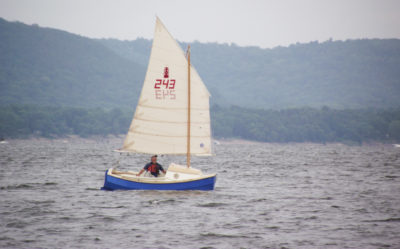
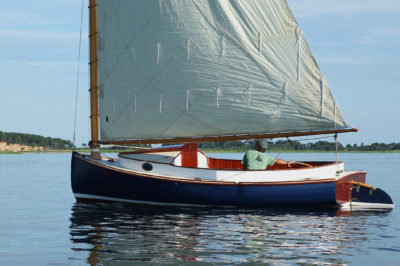
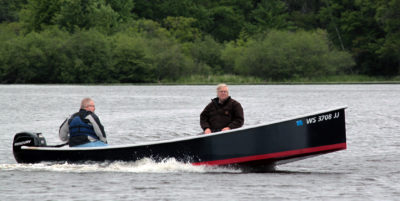
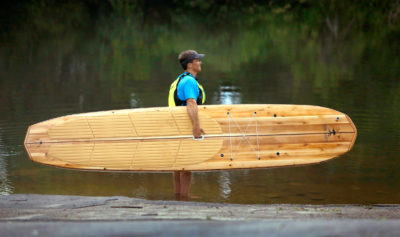
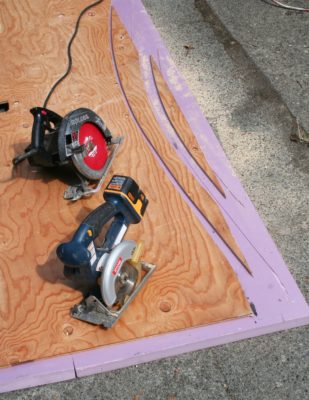
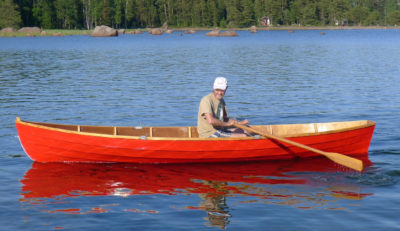
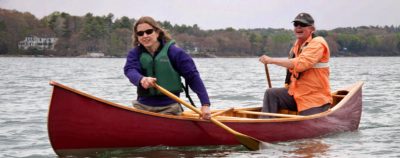

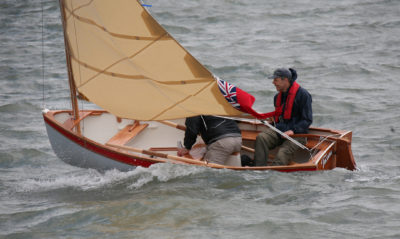
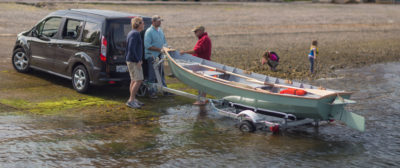
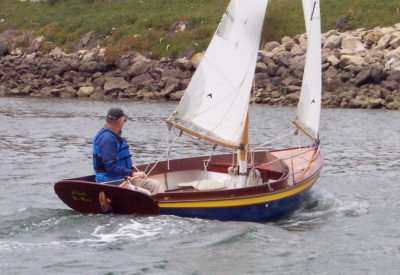
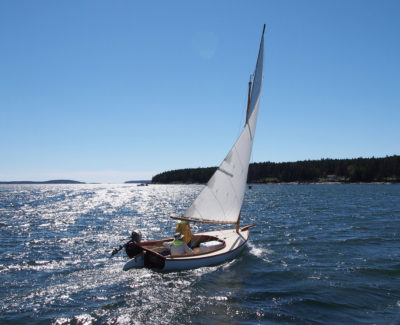
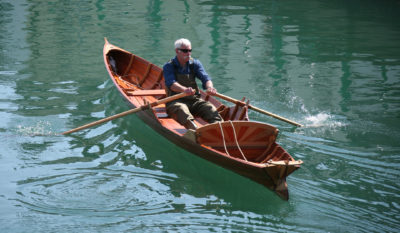
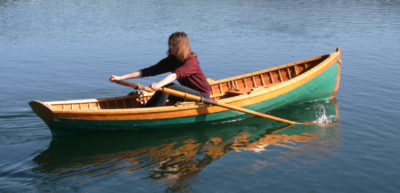
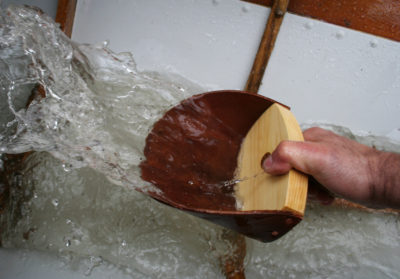
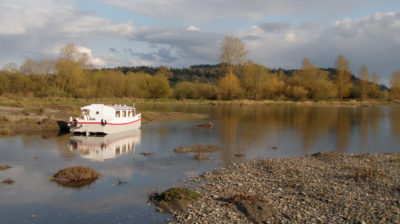
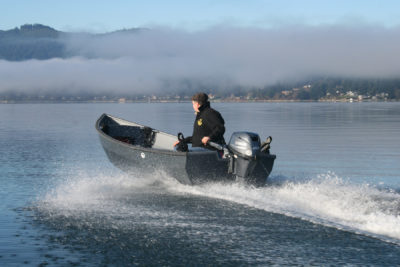
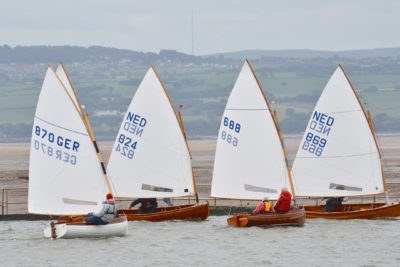
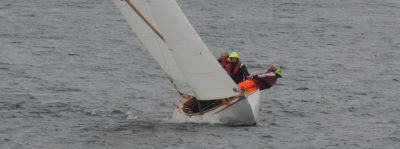
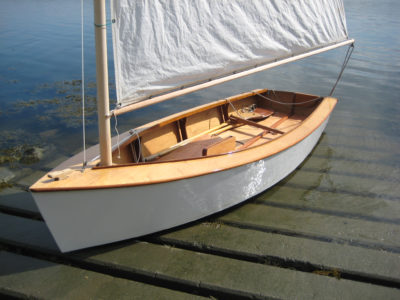
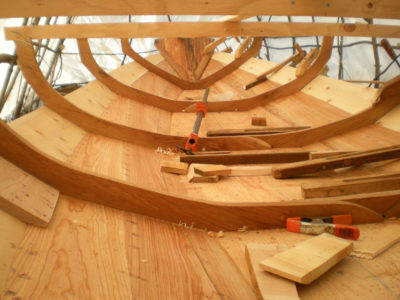
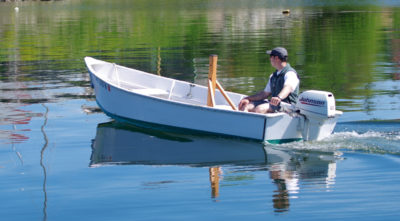
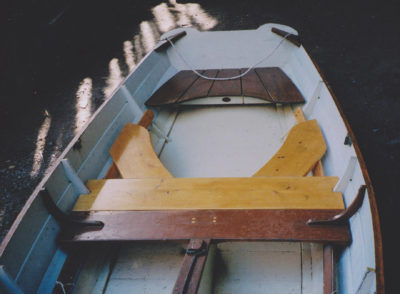
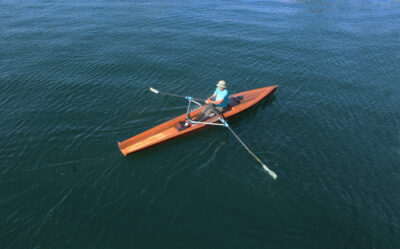
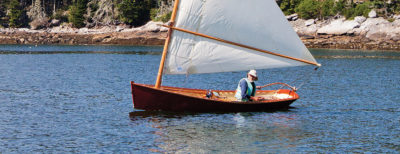
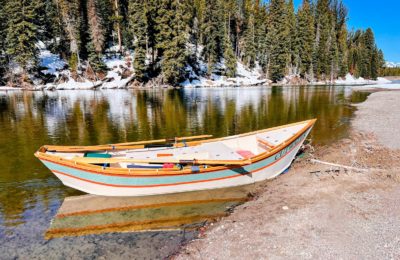
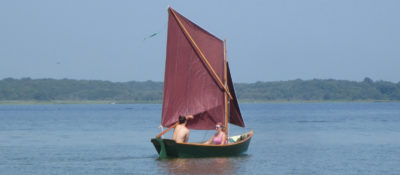
Another great small power boat is Phil Bolger’s Diablo. I have had one for about 3 years, and I think it’s one of the best small boats out there. With just me aboard mine will do about 20 kts powered by an old 15 HP Evinrude 2-stroke. Slow it down, and it is a great rough-water boat and very dry for an open boat. Plans and full-size patterns are available and instructions are in Dynamite’s book, Build the New Instant Boats. It’s fairly easy to build, there are a lot of them out there.